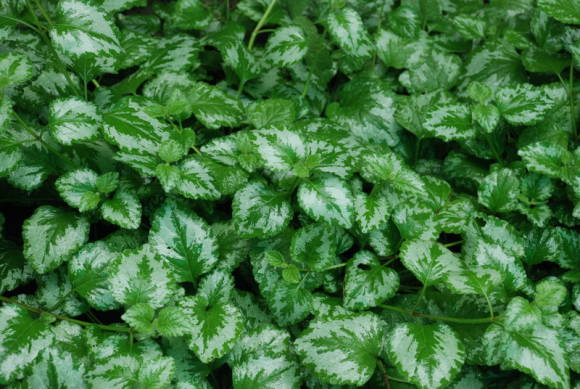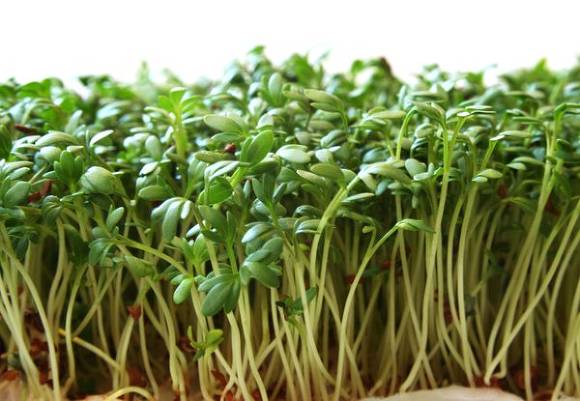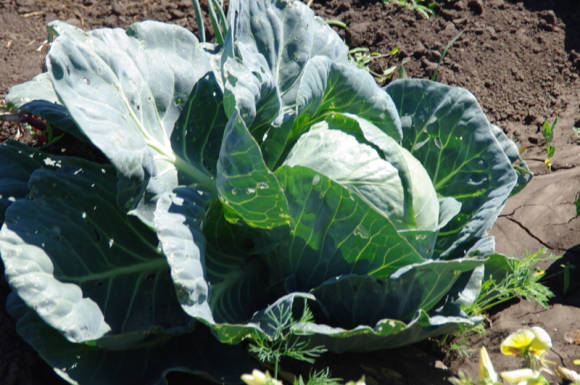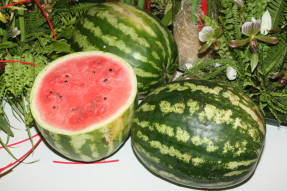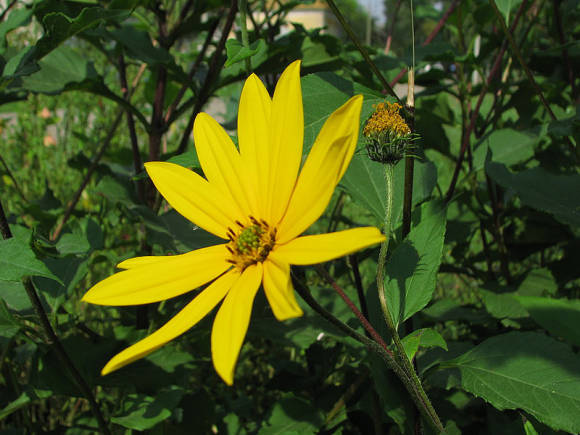Nadezda, Saint Petersburg
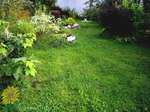 |
Spring has begun, and the snow will soon melt, which has fallen in great numbers in St. Petersburg. In the garden, the height of the snow reaches 1.5 m. And again, many gardeners will have a question: how to drain the swampy area?
The method described here is not our invention. The condition of our garden plot, especially in spring or in a rainy summer, forced us to take measures to drain it.
We read a lot on the Internet, in forums about ways to drain garden plots, and found some tips:
- hire specialists from a company that will drain the site using equipment, plastic pipes and a drainage well.
- some gardeners suggested digging ditches around the perimeter of the plot with their own hands and pouring all the household garbage there, gradually closing these ditches
- on another site I found a piece of advice: not to throw in any garbage, but to lay boards and branches, and even better to lay only plastic containers, according to its properties, it can replace drainage plastic pipes.
This last piece of advice we liked.
We assessed the position of the site where the boundary ditches pass, the main drainage ditch, where there is a decrease, and where there is an increase in the surface. It is better to outline everything on paper or in a computer, and as practice has shown, the drawing should look like a "Christmas tree": the main one and drainage trenches approaching it at an angle. You may have to clear the boundary ditches, otherwise the water will not leave your site.
Marked on the ground according to the drawing, using sticks and rope. If you have plantings that you do not want to disturb, then make a trench so that excess water is removed from the roots, but at the same time so as not to disturb them.
I want to say right away that if you do not hire specialists, then the device of the drainage system on your own, albeit in a small area, is physically quite difficult and long-term. Therefore, if you are full of energy, or you can hire assistants, then take up this business and get a good result. First, we outlined the direction of the drainage trenches (trenches, because you don't have to dig large wide ditches). It is enough to make a trench 2-3 bayonet deep and 30-40 cm wide. Start digging, place pieces of old film near the intended trench, gently fold the turf from the surface on one, and the lower layers of bad soil on the other.
Place drainage, plastic food containers with tightly sealed stoppers, in one direction, in 1 or 2 rows in height. In some places, old boards and branches of shrubs were laid, trying to leave gaps between them. Of course, plastic is more durable than wood, although our drainage has been performing its function perfectly for 7 years.
Cover the drain with a layer of soil up to half of the trench, tamp with your feet, add the rest of the soil, carefully lay the sod on top of the soil.
The purpose of this work is for water from the soil surface to freely penetrate to the depth of the dug trench and move along the slope of the trench into the boundary ditch along the free space between the laid drainage. After the first heavy rain, the soil will dry out quickly, and after the snow melts, the melt water will be diverted into the ditch.
Such drainage works perfectly.

